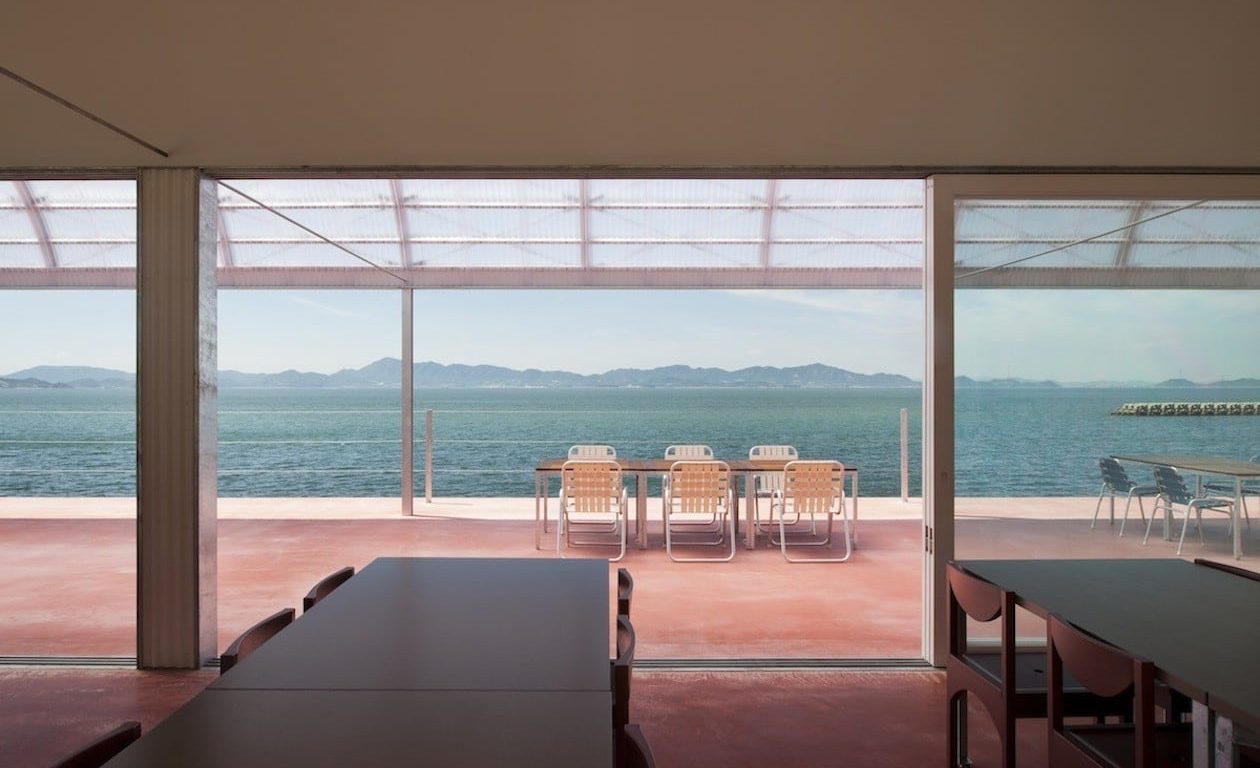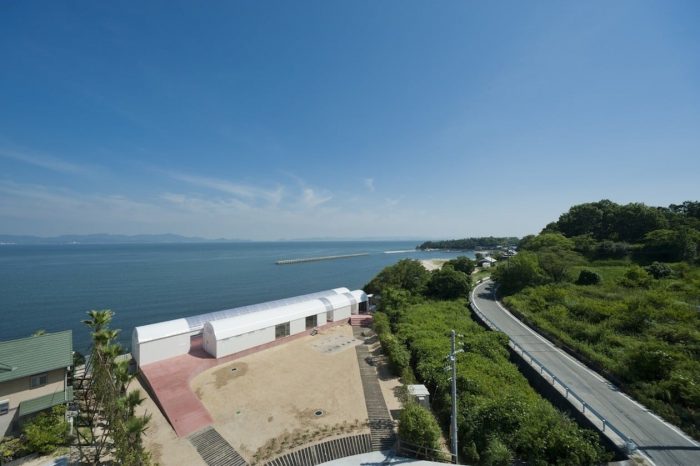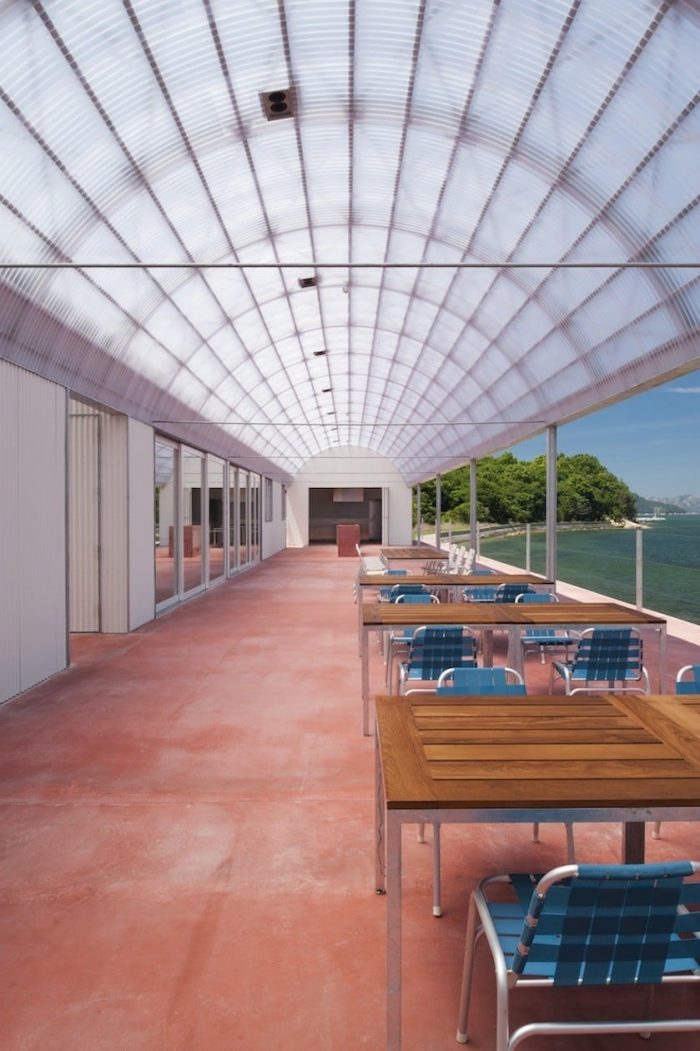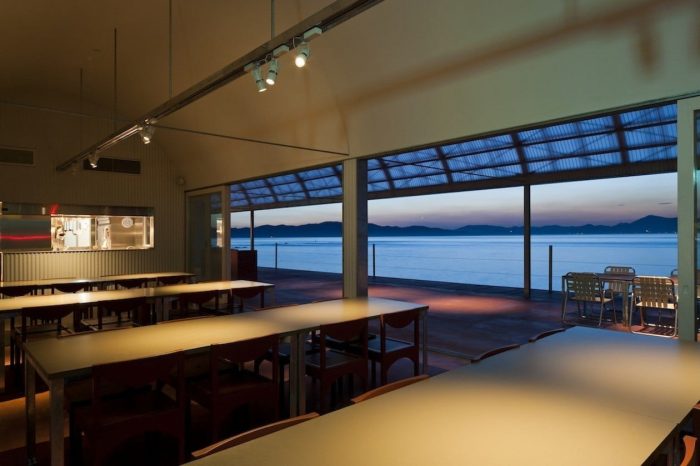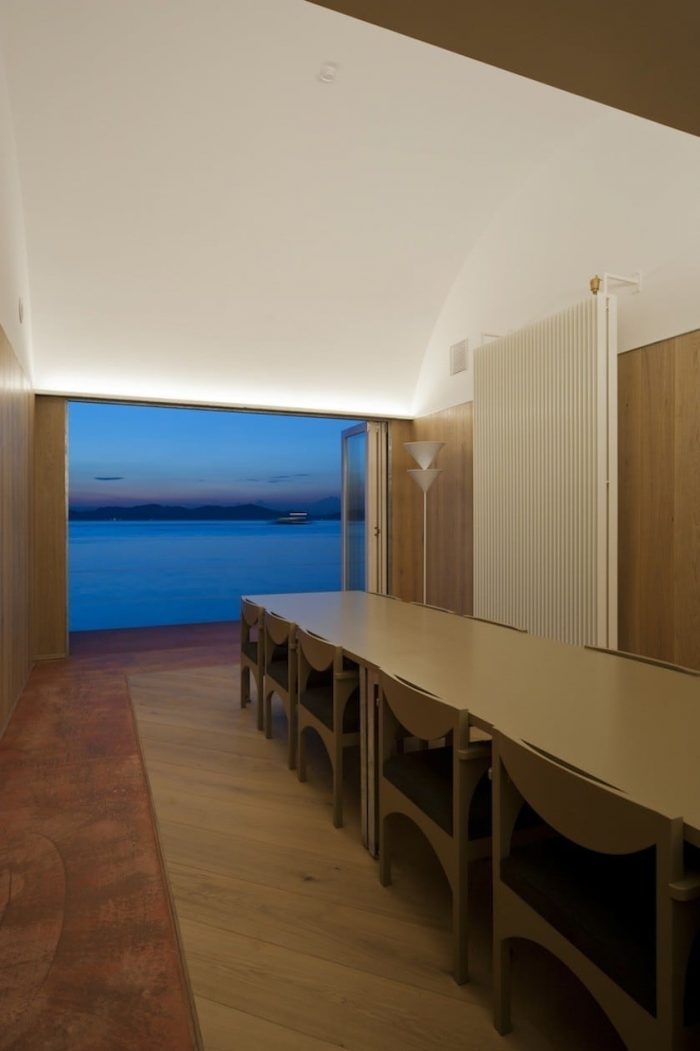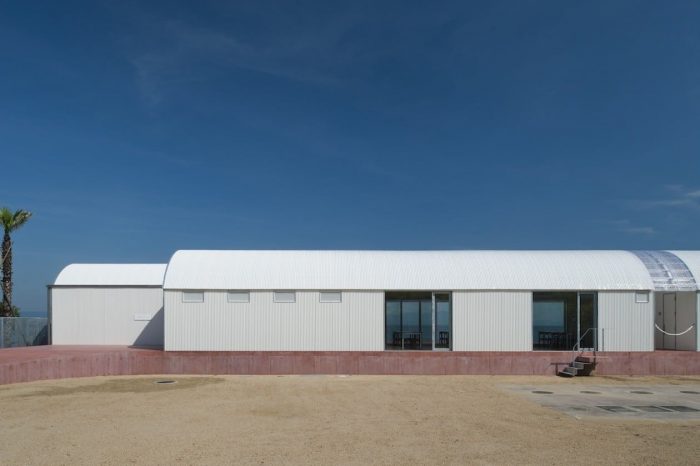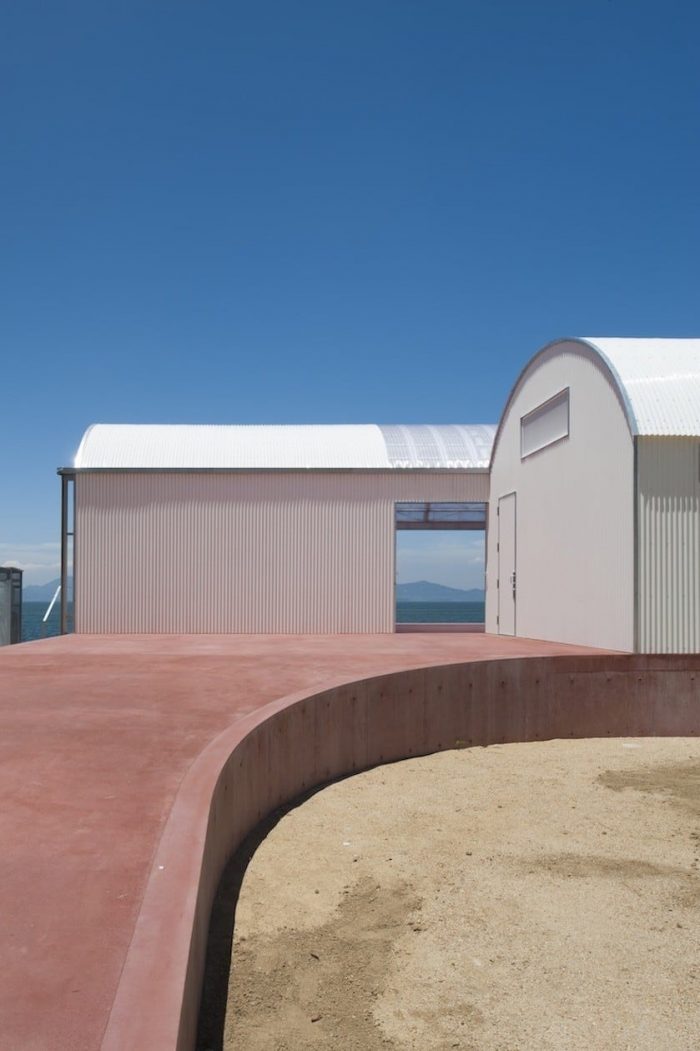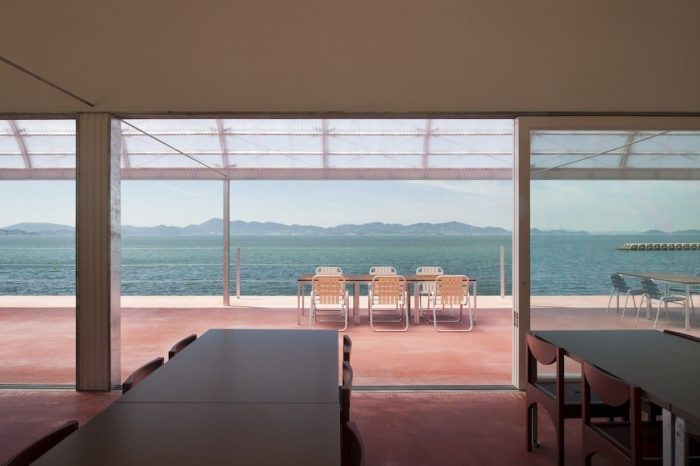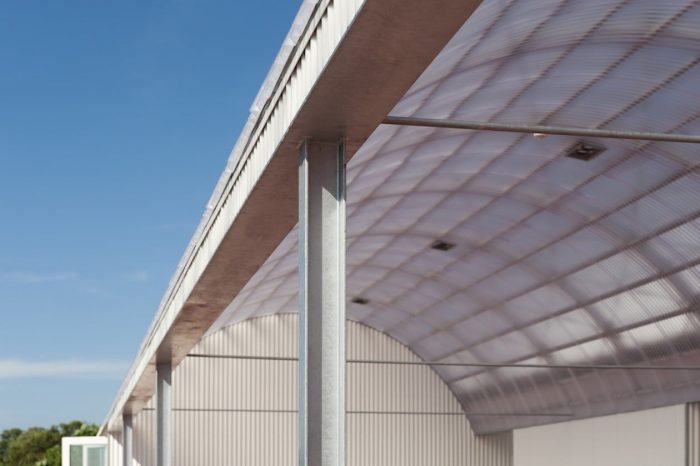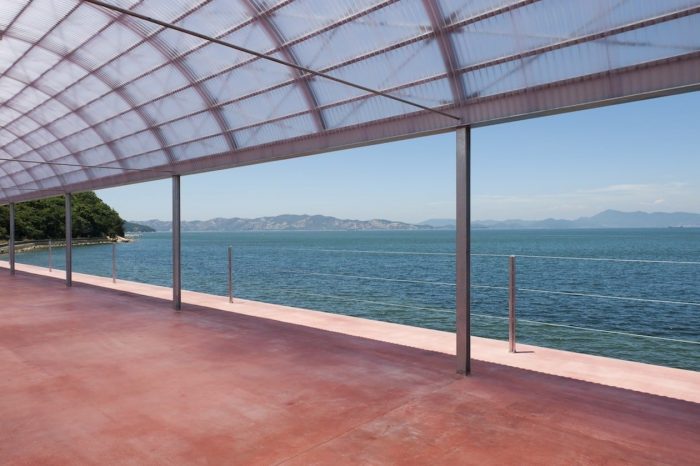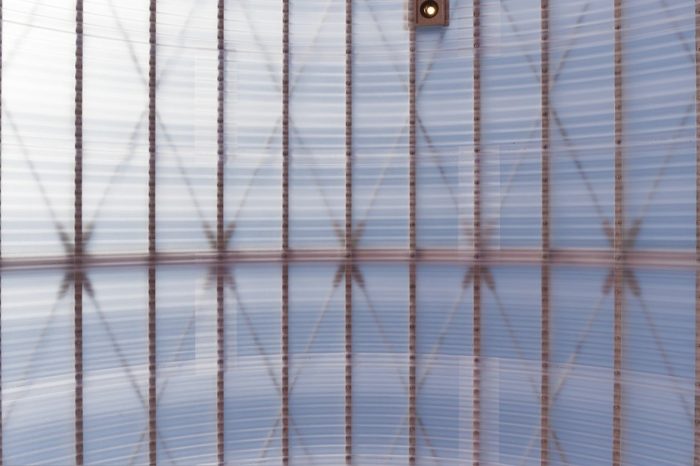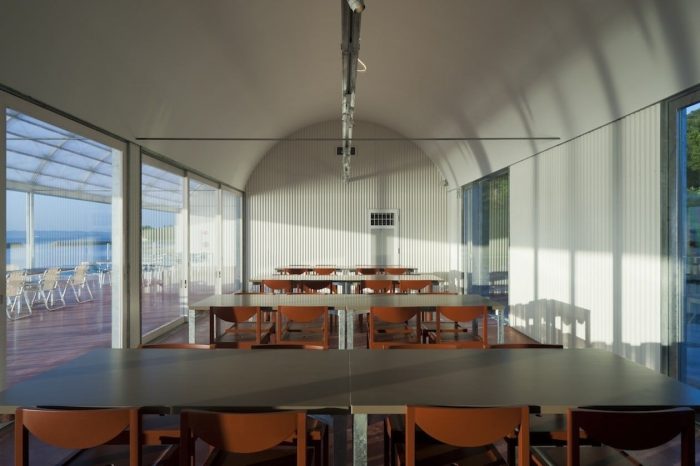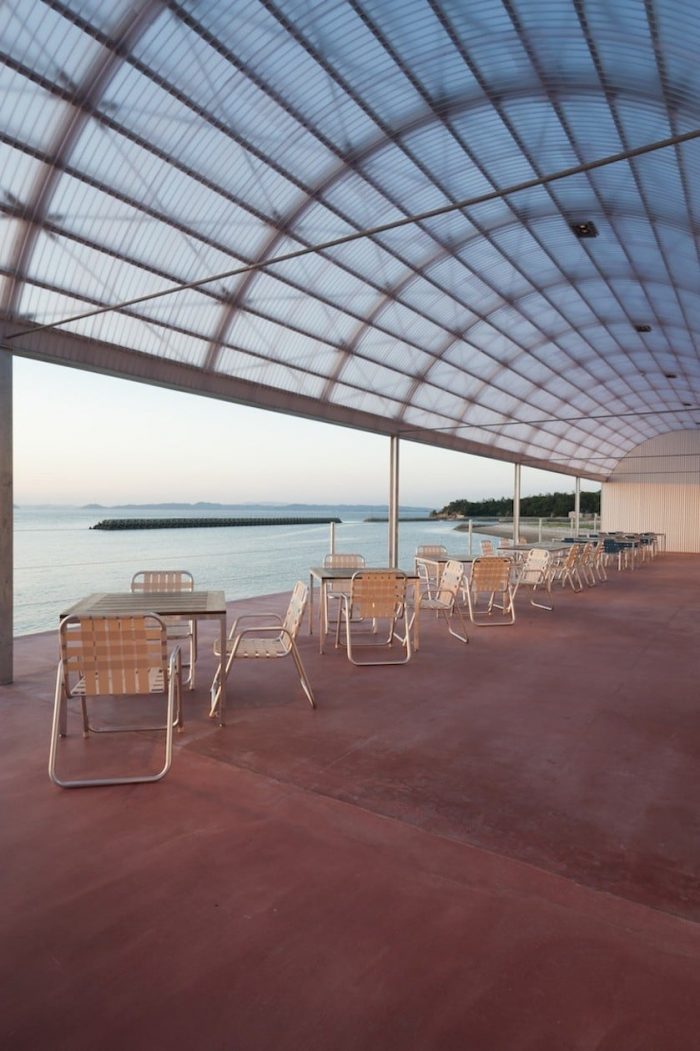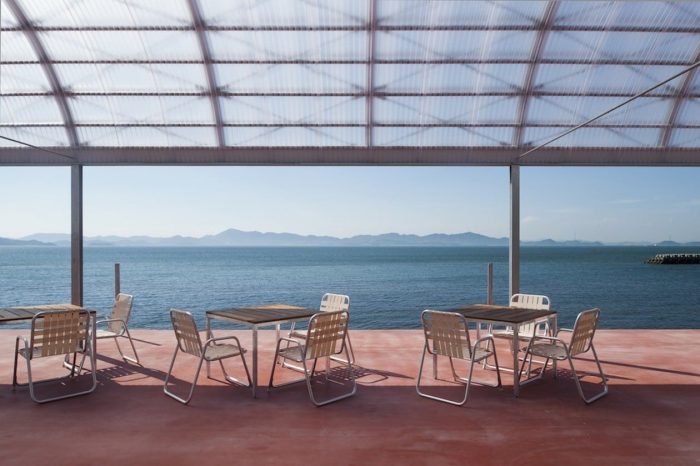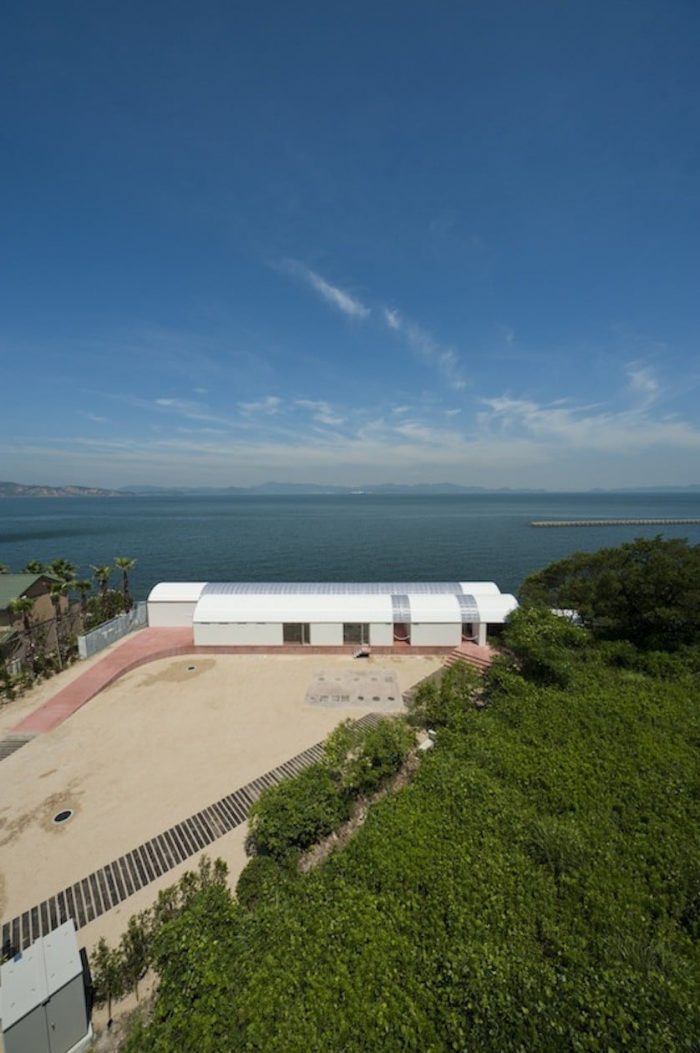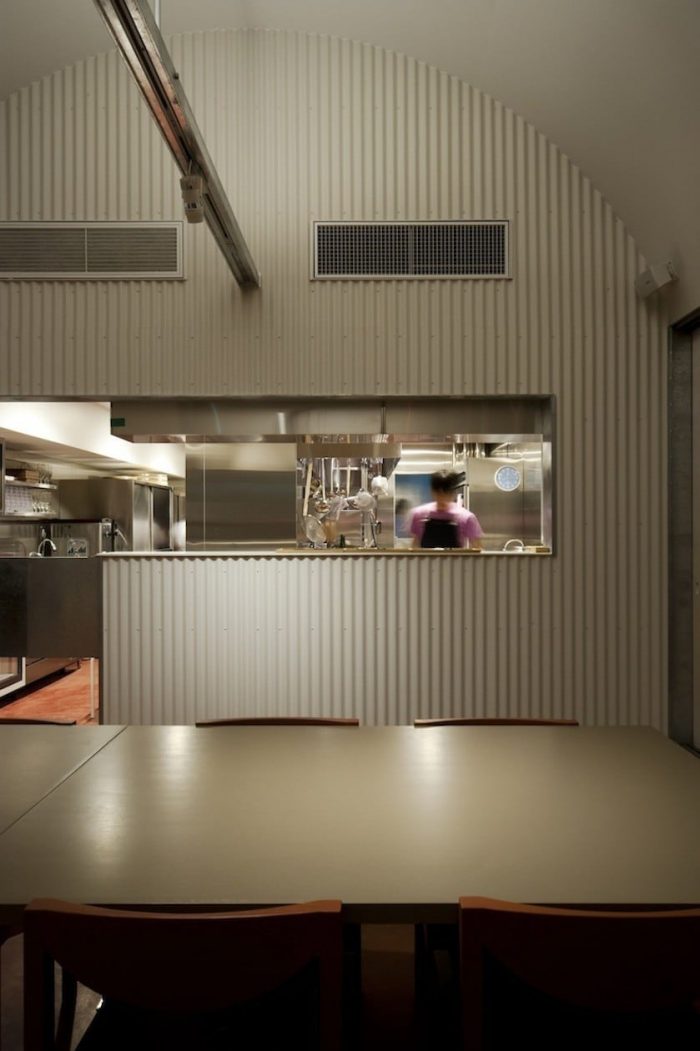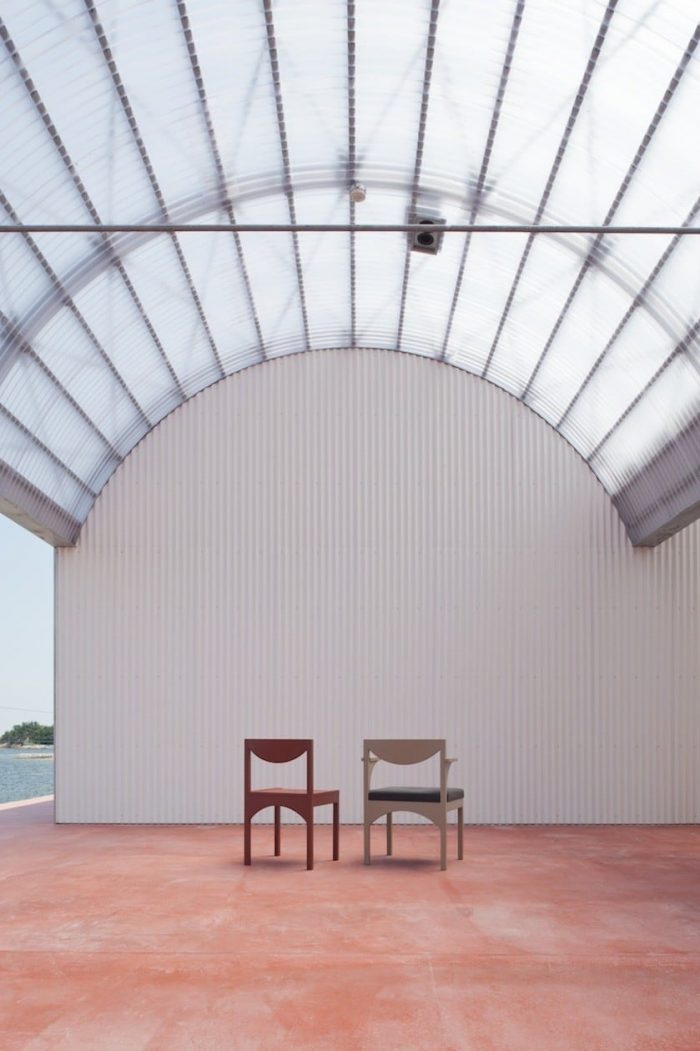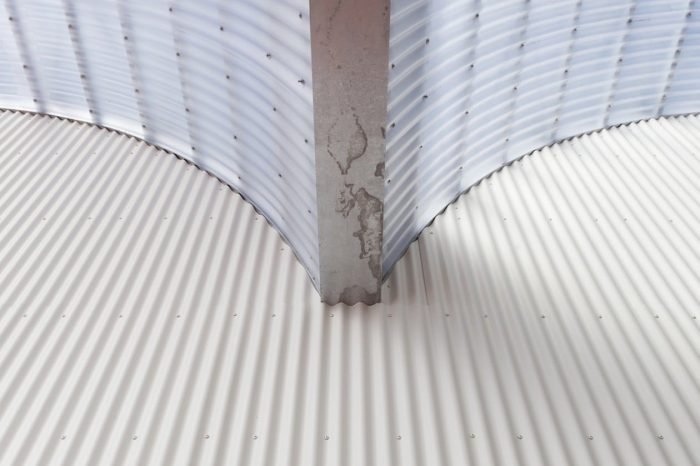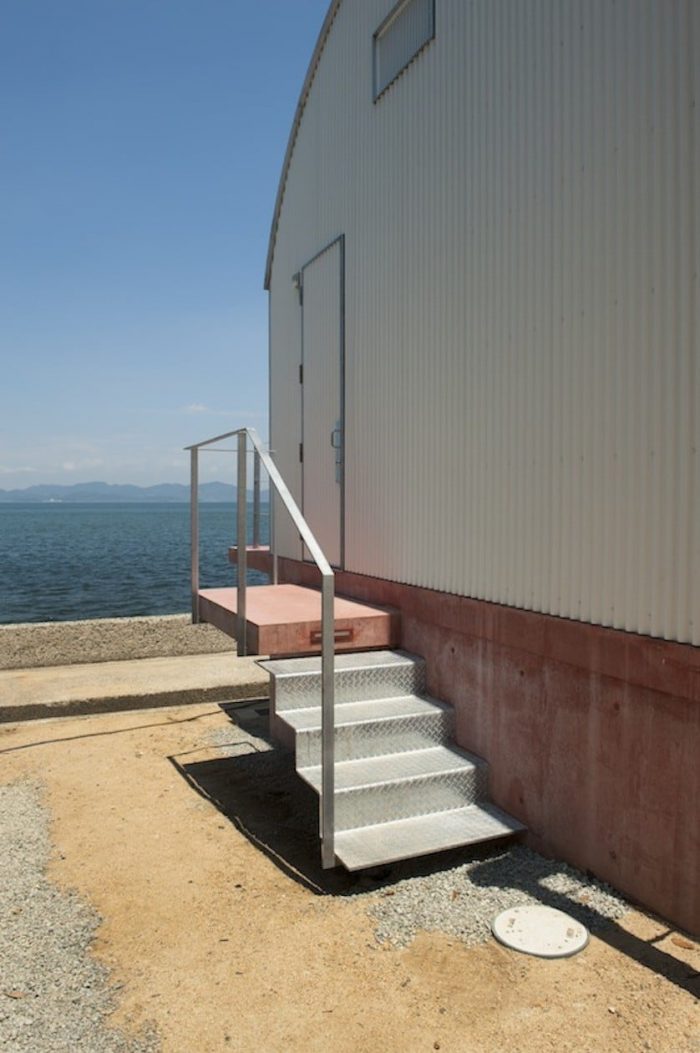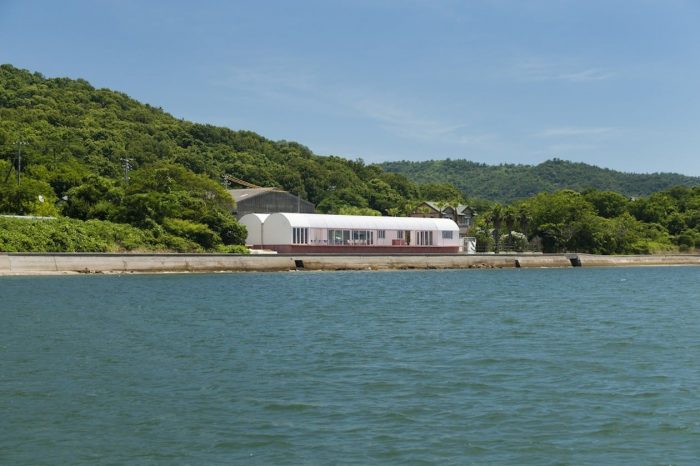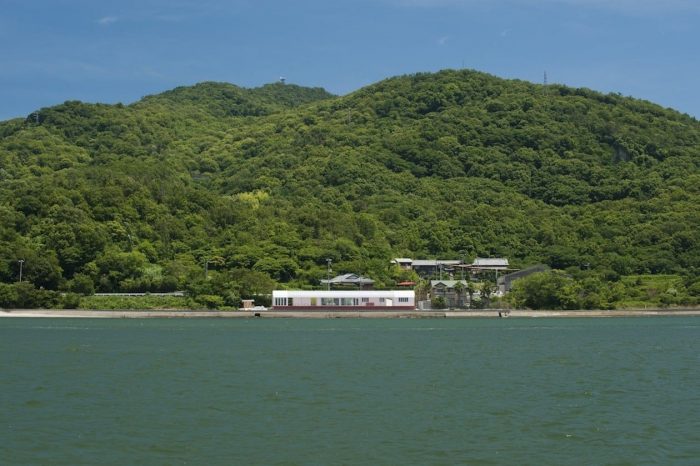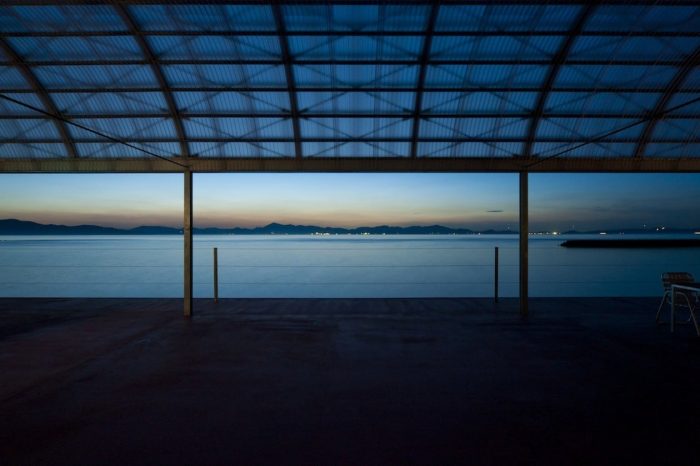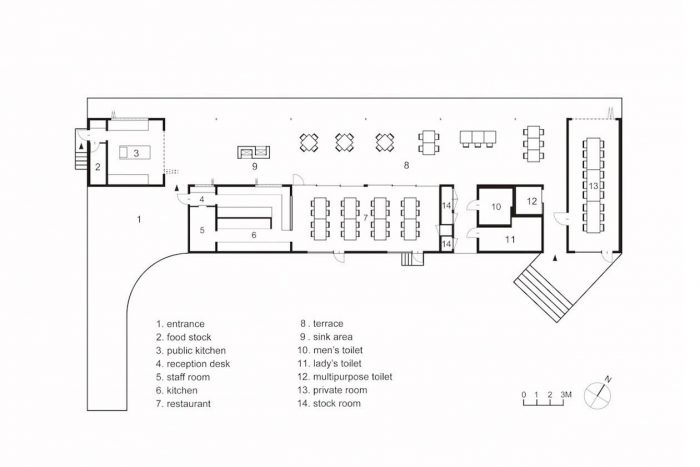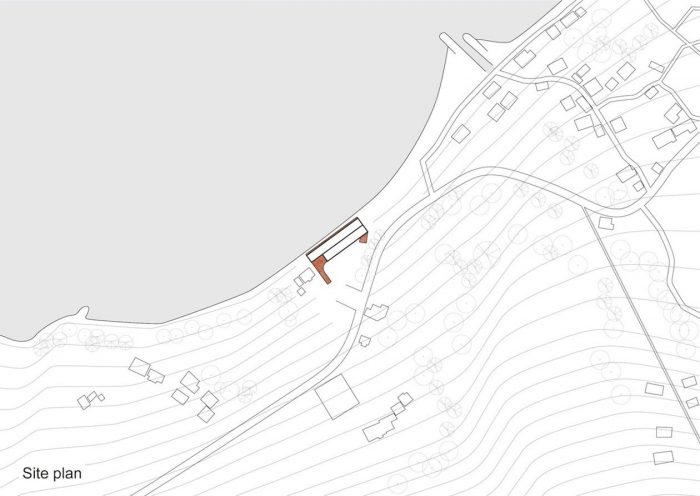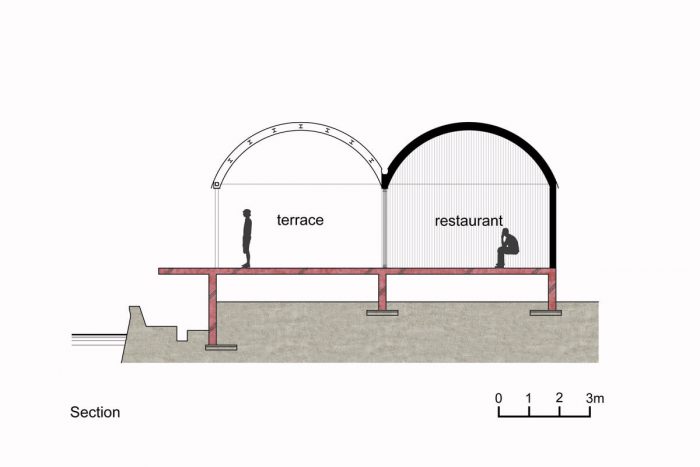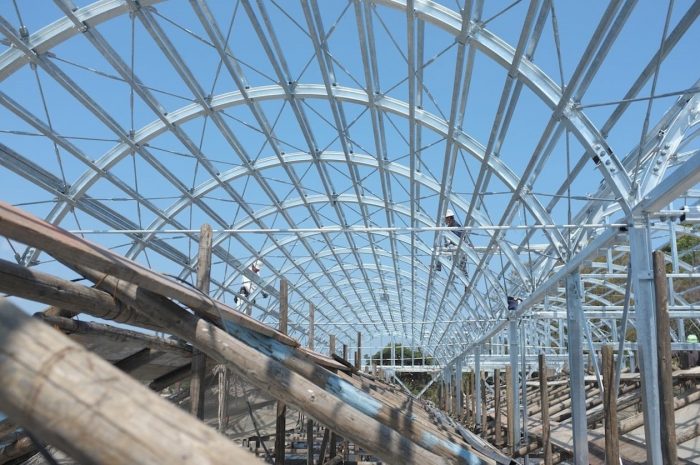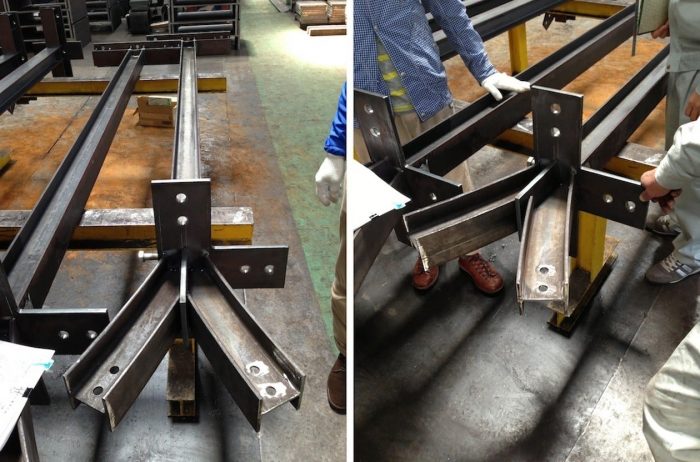手岛是漂浮在濑户内海的岛屿之一,为其上的一家餐厅设计。
作为今年将举办第二届濑户内三年展的场地之一,手岛几十年来一直是一个乳制品和水稻种植的活跃之地。 由于人口减少,传统的水稻梯田一度荒芜,不过在许多志愿者的帮助下,逐渐恢复了它的丰富性。 在这样的背景下,这家餐厅的主要目标是提供一个 “食物的地方”,不仅为来自世界各地为艺术而来的游客,而且也为当地的岛民。在建筑的主要通道前,配备了一个公共厨房,供各种人使用,围绕食物建立的丰富的交流将出现。正是基于这种培育新的岛屿文化的愿景,该建筑被设计出来。
A design for a restaurant atop Teshima, one of the islands floating in the Seto Inland Sea.
As one of the venues for the Setouchi Triennale which will be hosting its 2nd edition this year, Teshima has been a place where dairy and rice cropping were active for decades. Due to depopulation the traditional rice terraces were once desolated, though gradually recovering its richness by the help of many volunteers. With such backgrounds, the main objective of this restaurant is to provide a “Place for Food”, not only for the visitors from all over the world who’ve come for the art, but also for the local islanders. Fitted with a public kitchen to be made available to a variety of people directly in front of the building’s main approach, a rich communication built surrounding food will emerge. It was with this vision of a such a new island culture being nurtured that the building was designed.
这个沿着海岸线的双拱结构,总长度为40米,其内部和外部的大部分墙壁和屋顶都覆盖着光波板,其面向大海的一面也有很大一部分作为露台开放。这个露台捕捉到了海洋延伸出来的壮丽景色,同时也成为这个设计的一个重要元素,作为一个枢纽,每个功能–厨房、餐厅和公共厨房–都通过它连接起来,无论是在物理上还是意识上。 屋顶的露台部分使用了具有渗透性的光波板,使人联想到开放的感觉,自然的阳光透过两个拱门的屋顶,在室内和室外空间创造了不同的氛围。 此外,建筑的地基,作为防止潮水泛滥的措施,使用了红褐色的混凝土,就像地球本身被抬高了一样,与蓝天和海洋的存在形成了对比,继续向外延伸。我们的目标是提供与岛屿共存的建筑,同时接受濑户内自然界的巨大祝福和凶猛。
This duo-arch structure running along the coast, totaling to 40 meters in length, has most of its interior and exterior walls, and roofs covered with light wave plates, also with a large portion of its sea-facing side open as a terrace. This terrace captures the breathtaking views of the ocean extending forth, but also becomes an important element of this design as a hub through which each feature –the kitchen, restaurant and public kitchen– are all connected, both in physicality and in consciousness. The terrace portion of the roof uses a light wave plate with a permeability that conjures a feeling of openness, and natural sunlight pouring through the roofs of both arches creates differing atmospheres in the indoor and outdoor spaces. Additionally, the foundation of the building, raised as a measure against the flood of tidal waves, uses a red-brown concrete, as if the earth itself had been raised, providing contrast to the presence of the blue sky and ocean continuing beyond. It was our aim to provide architecture that coexists with the island, accepting both the overwhelming blessings and ferocity of nature in Setouchi.
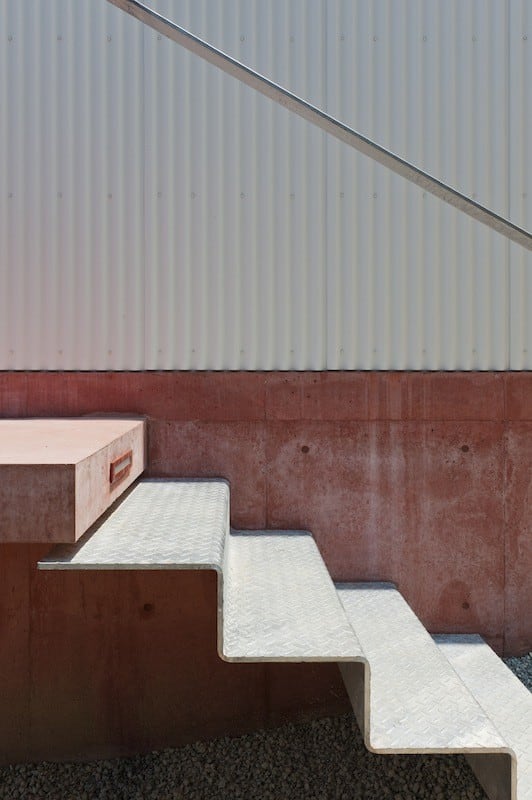
Architects: CASE-REAL
Area : 1685 m²
Year : 2013
Photographs :Hiroshi Mizusaki
Country:Japan

